Generator Maintenance
What you'll need to do to brave any storm!
When your power goes out, what is the worst thing that could happen? It’s not
the realization that you’re being stopped from watching your favorite series
on a streaming service, nor is it the awareness that the treats in your freezer
are at risk of melting, it’s when you expect your generator to start up...
and it doesn’t.
Generators are your best friends when an outage occurs. They provide energy by converting mechanical energy or chemical energy into electrical energy when power from the local grid is unavailable. However, they’re not a “set-and-forget" device – you need to maintain them routinely so that they operate properly in times of need.
How Often Should I Maintain My Generator?
You should have your generator maintained or serviced at least once a year.
They also need to be stored properly when they are not in use.
Maintaining your generator prolongs its lifespan and ensures efficient functioning.
Alright, How Do I Maintain My Generator?
Now that you're all pumped up to maintain your generator, it’s time to kick off the process!
It is ideal to have your owner’s manual within arm's reach. If it isn’t on hand, our Fix App
could have it digitally available for you within minutes. Psst, the app is available on both
iOS and
Android
devices.
Be sure that your generator has been shut off and that all power cords that lead to it are unplugged, including the spark plug wire. No one’s getting electrocuted on your watch!
Checking the Generator Battery
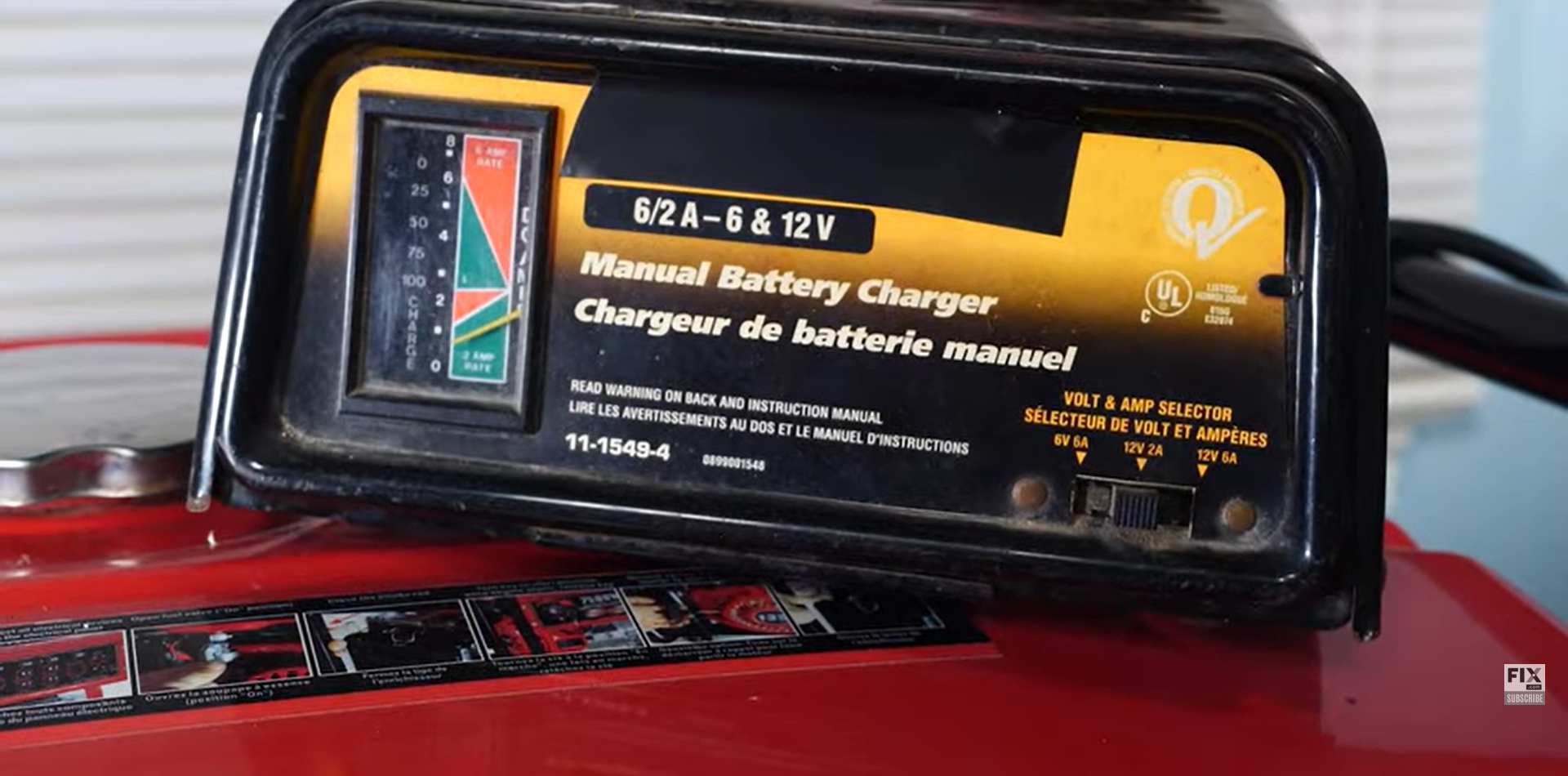
- Make sure that the battery is always charged.
- Check the battery water level.
- Take a close look at the battery cables and check if they are corroded.
While you’re at it, clean and tighten the terminals and put some petroleum jelly on them to stave off oxidation.
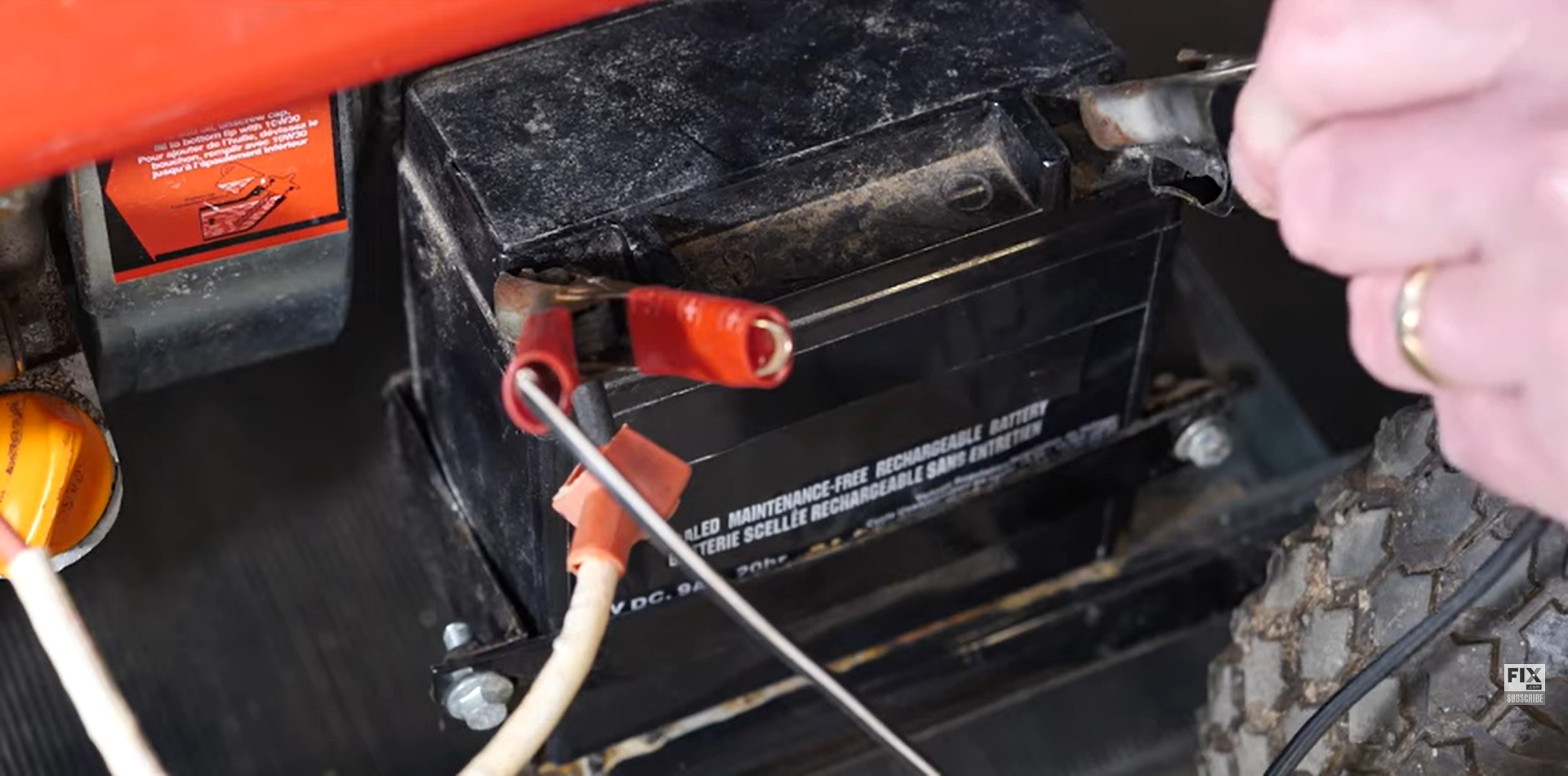
- Using a voltage meter, test your battery and see if it can hold a charge.
The battery voltage should be between 12 volts and 12.6 volts.
Checking the Oil Tank and Fuel Tank
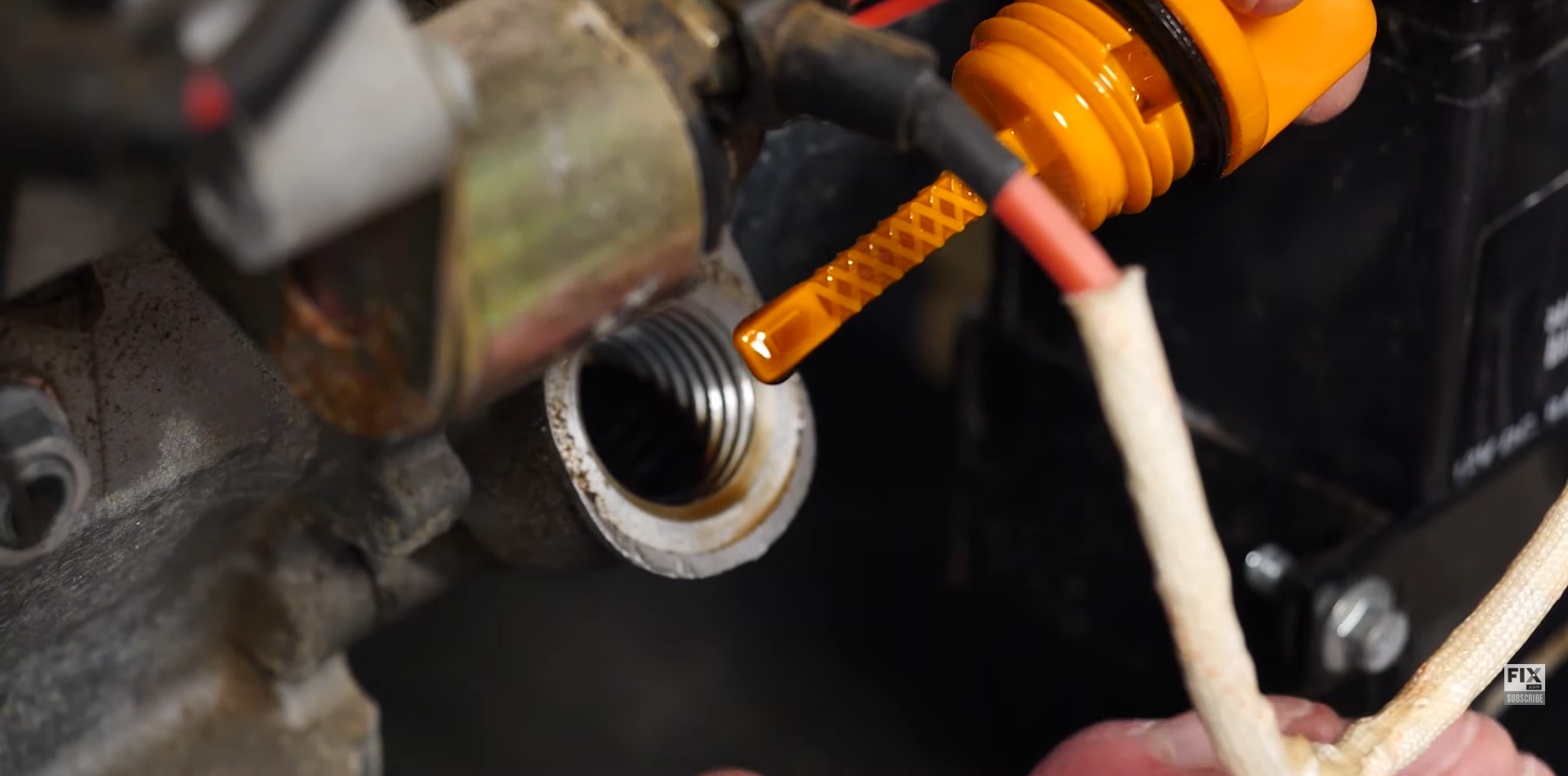
- Locate the dipstick in your generator’s oil tank and proceed to check its oil level.
The tank should be filled to the indicated mark on the dipstick.
- Change the oil per the instructions listed in your generator’s owner’s manual, it is typically recommended that
you change it once a year.
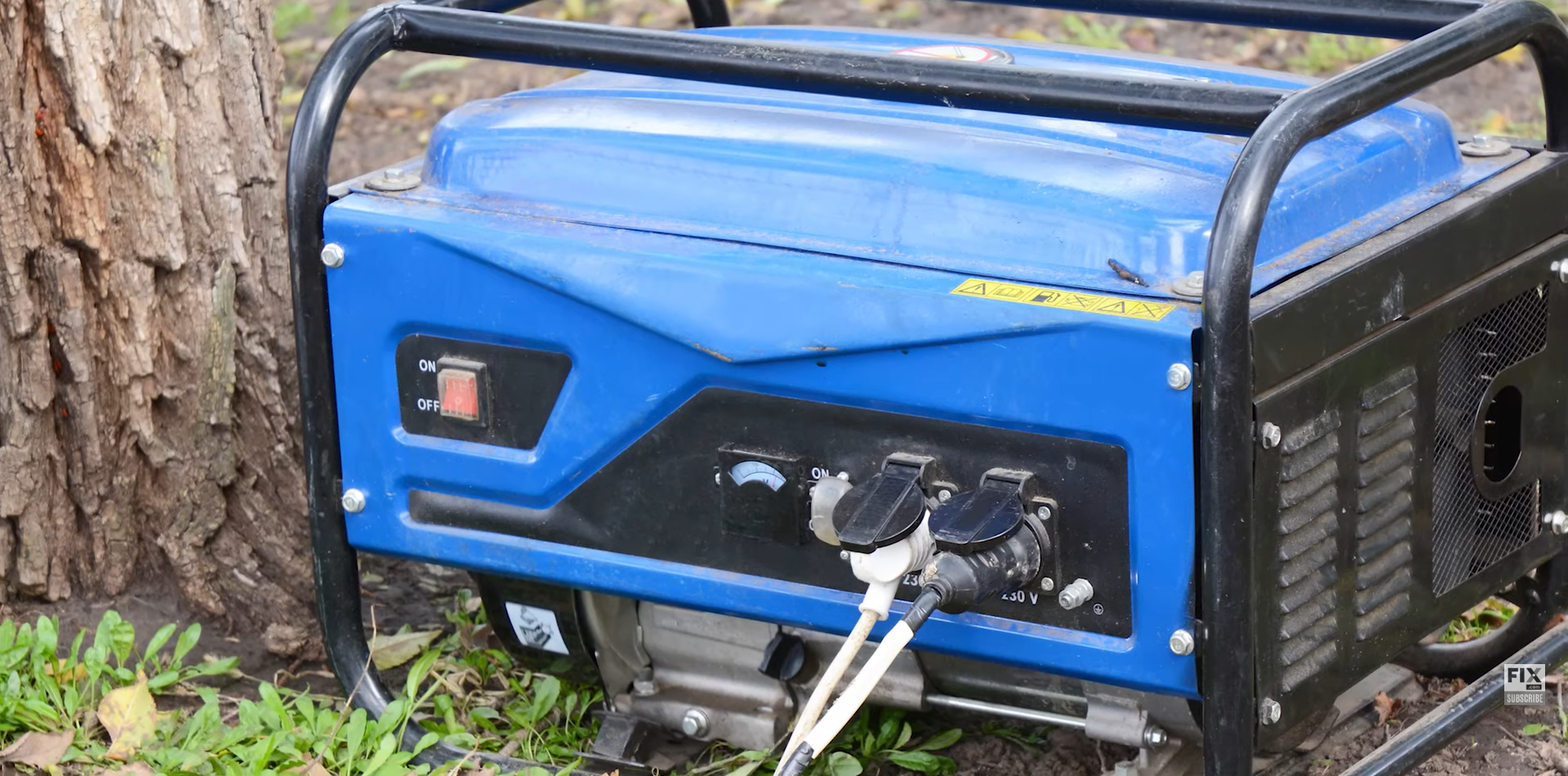
- Check your generator’s fuel system – you should never store fuel in it for an extended period. Drain the tank
when it is not in use as stale fuel keeps your generator from starting up effectively.
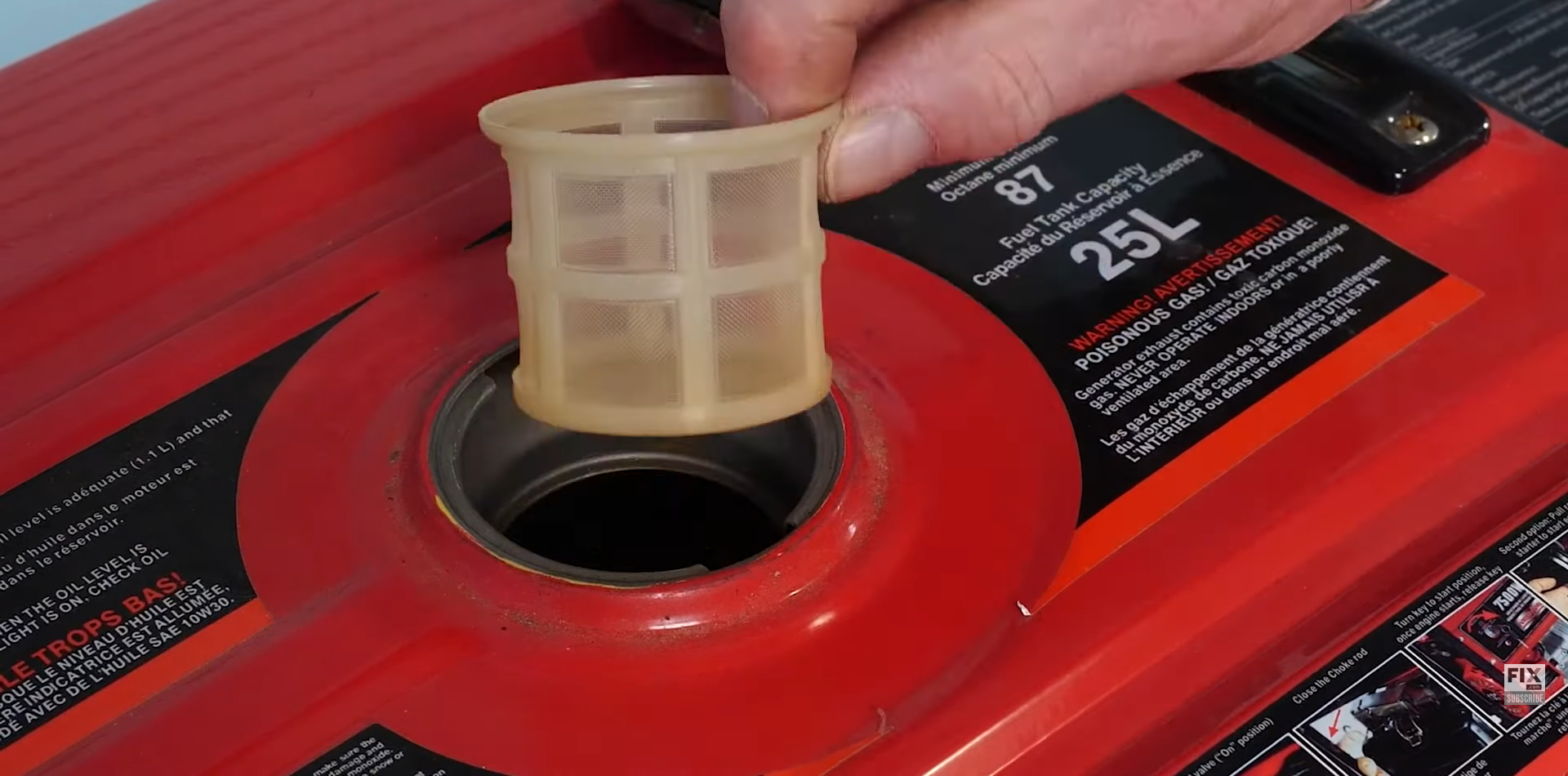
- Using a flashlight, check if your fuel tank and filter contain debris, rust, or holes. Dust and debris are usually
blown off using air compressors and then wiped down with cloths or scrubbed with brushes.
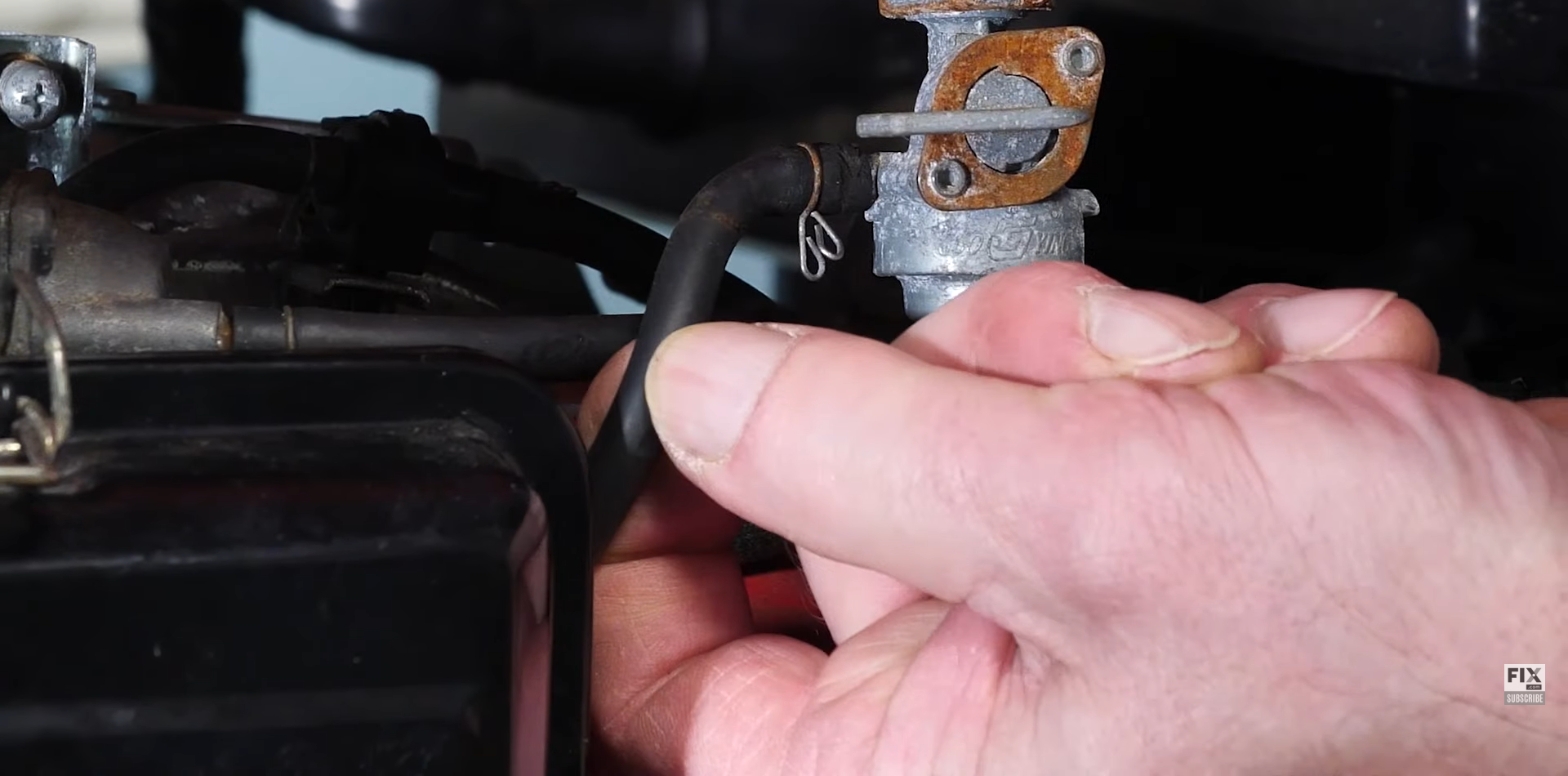
- Inspect your generator’s fuel lines to ensure that they’re not cracked or leaking.
Checking the Air Filter
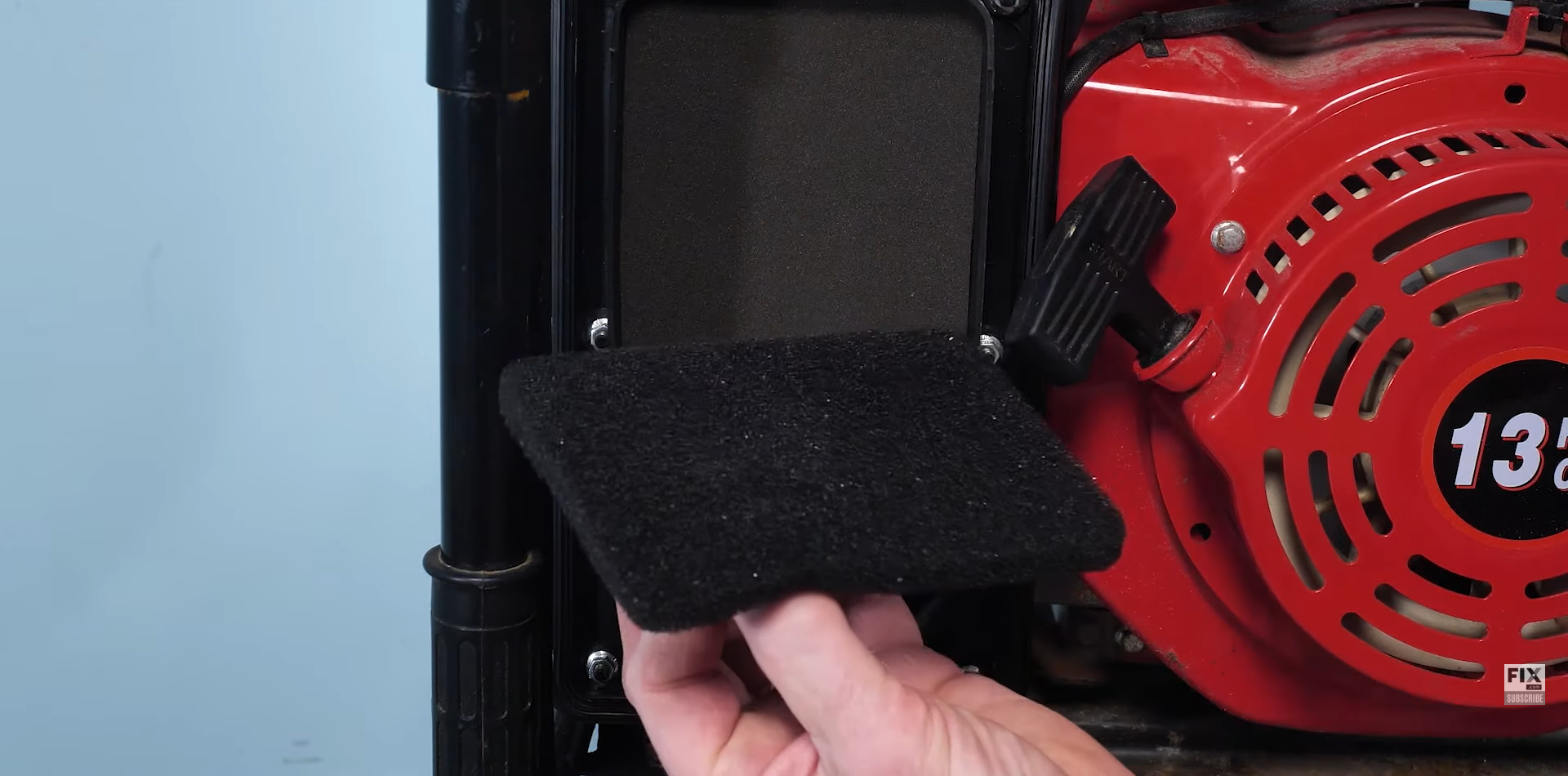
- Locate the air filter housing and notice if it has developed any dirt or grime.
- Remove the air filter and clean it. If your generator uses a paper filter, dust it off. If it uses a foam filter instead,
you need to soak it in warm soapy water before drying it out.
- Most generators call for foam-type filters to be saturated in engine oil before they’re reinstalled, so consult your owner’s
manual accordingly.
Checking the Starter and Spark Plug
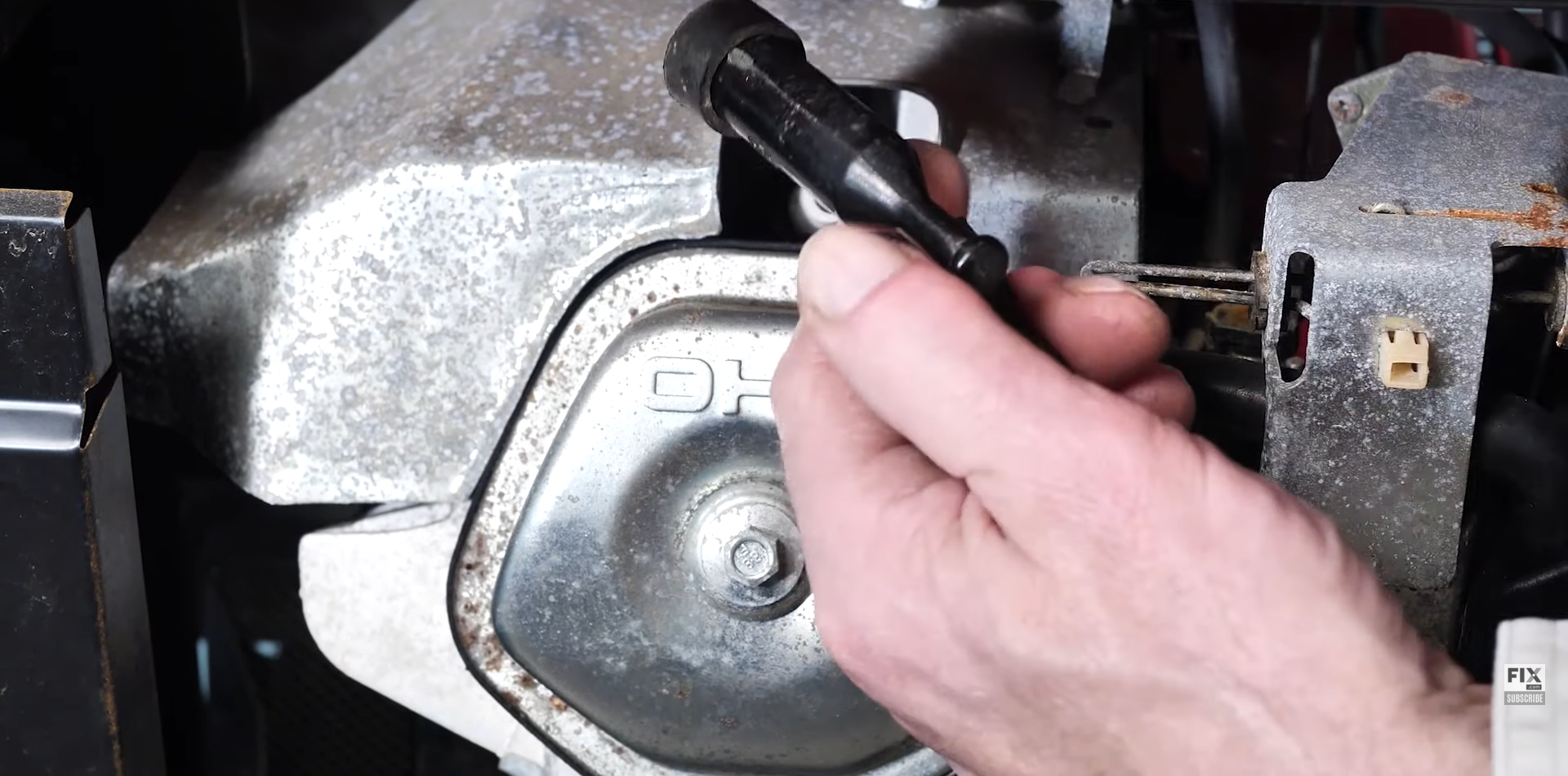
- Check the starter’s cord to make sure that it isn’t frayed or damaged.
- Check the spark plug for any signs of corrosion or wear and tear. Be sure to check the spark plug wire as well.
Checking the Electrical Connections
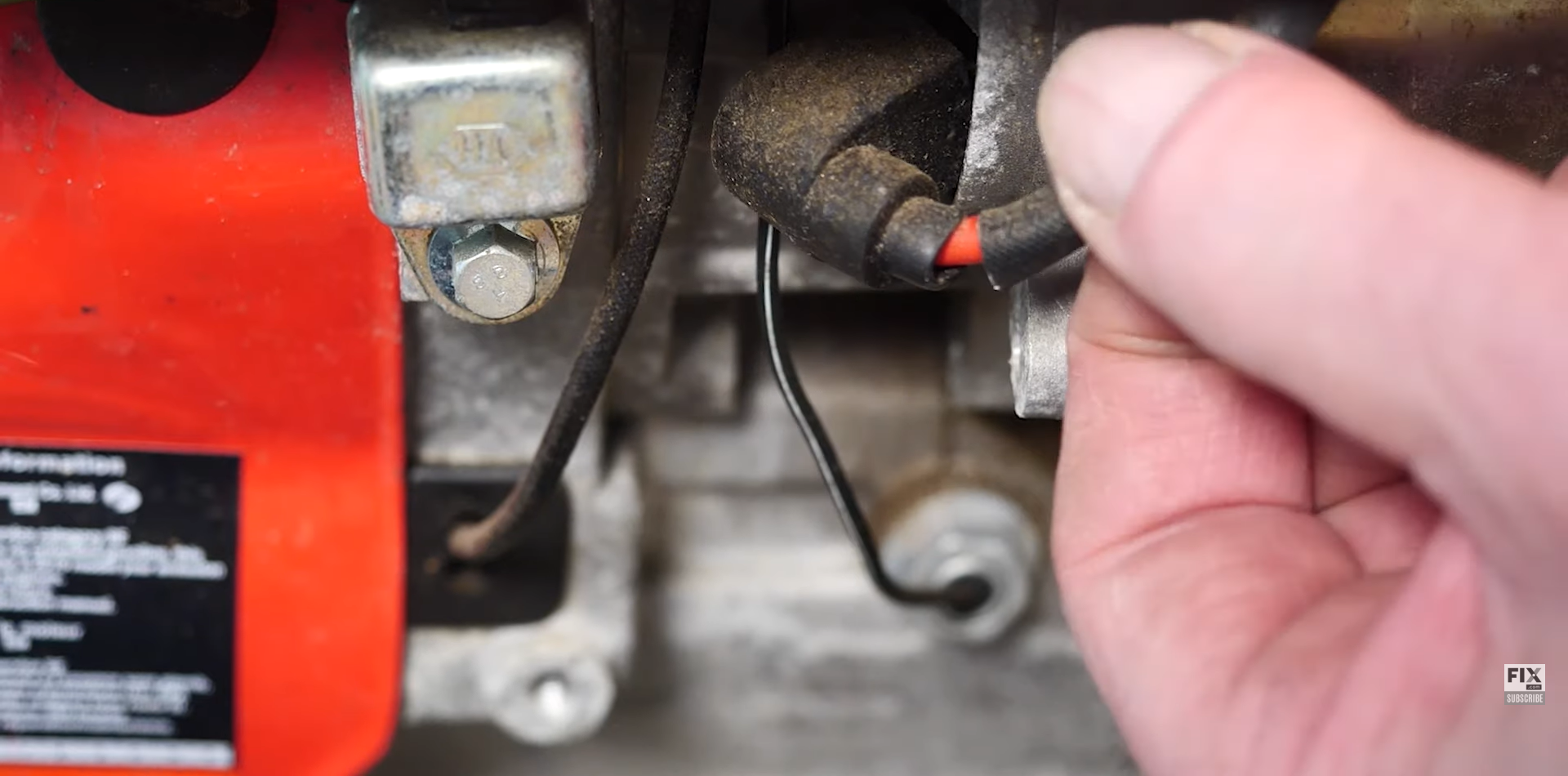
- Check your generator’s electrical connections. Specifically, look into the connections going to the fuel solenoid and the starter.
Testing the Generator
- Add a bit of fuel to the generator and fire it up.
- Plug something into the outlets and see if your generator works properly. Exercise the generator for at least half an hour.
- Afterwards, shut the generator down, drain the fuel, and store it for the next time you need it.
Nice Work!
Looks like your generator is all ready for the next time the power gives out.
If you found out that some of your generator's parts need replacing during this process, you're in the right place! We have a
catalogue of replacement parts
- browse our library with your generator’s model number to find the correct parts for it.
